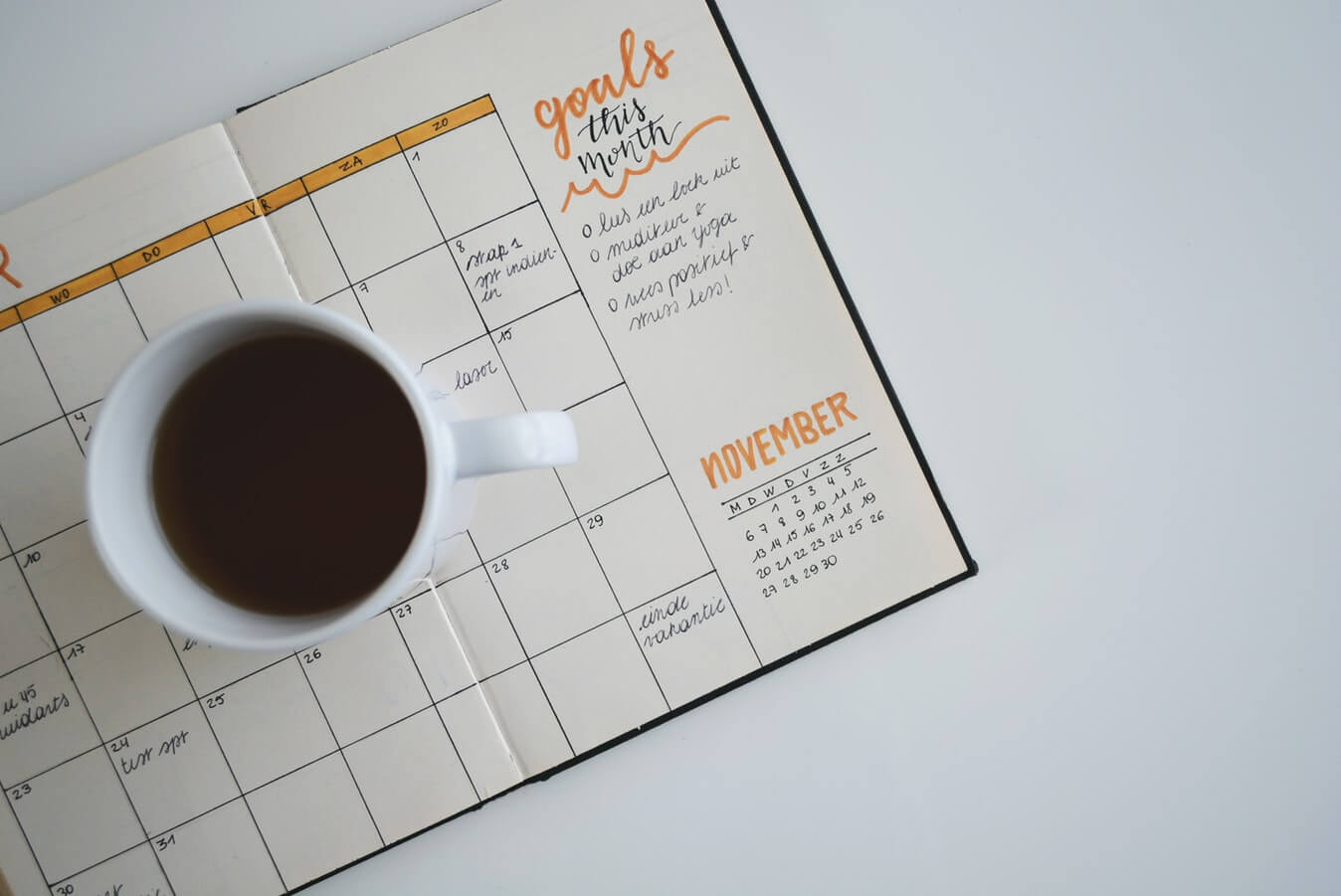Single-taskers will soon rule the world. Multitaskers simply cannot compete with the power of intense concentration. Although multitasking gives the illusion of productivity, it is unequivocally detrimental. In a survey that probed the multitasking habits of more than 350 college students, UConn researchers found that students who multitasked while doing homework had to study longer. Furthermore, those who frequently multitasked had lower grades on average than their peers who multitasked less often. Yet, students young and old continue to attempt the impossible by watching Netflix, texting, and working on math homework, simultaneously.
The problem is that most students subconsciously know multitasking hurts their performance in the short-term, but they may not be aware of the long-term effects. Researchers at the University of Sussex compared the amount of time people spend on multiple devices (such as texting while watching TV) to MRI scans of their brains. They found that high multitaskers had less brain density in the anterior cingulate cortex, a region responsible for empathy as well as cognitive and emotional control. That’s right. Multitasking changes the structure of the brain and has implications far beyond the realm of academics. Multitasking is a serious problem. So, how do we fix it? How can we help our children join the ranks of the single-taskers?
First, we need to be able to spot multitaskers in the classroom and at home. The easiest way to do this is to peek at your child’s laptop the next time he or she is doing homework. How many tabs do they have open? If it’s more than five and the assignment isn’t a research-driven writing assignment, then your child might be a multitasker. Even if all of the tabs are academic, the urge to switch from writing an English paper to checking if there’s math homework is dangerous. Next, watch how your child reacts to boredom. Inline at the grocery store or on the ride to school, how long does it take before boredom strikes and the uber-distracting phone pops out. Instant gratification is the main culprit here. Multitaskers are notoriously bad at being bored. The ability to control the urge to switch tasks or ride the boredom waves is critical to single-tasking. Notice that this pursuit is not solely academic. Watch how your child reacts to boredom and deep work outside of school. As Mahatma Gandhi once said, “Man cannot live a compartmentalized life”. If your child multitasks outside of school, it’s essentially guaranteed that multitasking occurs in school as well.
Enough with the doom and gloom. Let’s talk about how to help your child become a single tasker. We recommend a three-prong approach to habit change: measure what matters, prime the environment, and utilize incentivization. Remember, we don’t rise to the level of our goals. Instead, according to author and habit-formation expert James Clear, we fall to the level of our systems.
As we discussed in previous posts, Tracking progress is one of the most effective ways to make a habit stick. Single-tasking is no different. Ask your students to track the amount of time they spend single-tasking on homework. This can be achieved through traditional timers, online timers, or, our personal favorite, the time timer. For example, ask your student to only work in full-screen mode, tracking how long they work continuously. The real goal here is to boost your child’s awareness of multitasking. By bringing attention and intentionality to an often overlooked area of academic success, we can improve both habits and, consequently, results.
Next, we need to prime the environment for single-tasking. Study after study confirms how important the environment is to academic performance. Spending ten minutes priming the environment for single-tasking success pays enormous dividends over time. Start with the backpack. No loose papers, no dirty gym clothes, the backpack should meet our golden rule for organization: the student must be able to find or put away any item in ten seconds or less. We have a similar rule for the student’s workspace. Everything from school supplies to the printer should be within arms reach, helping students maintain academic momentum as they study. Next, we want to remove anything that makes noise or provides visual stimuli: phones, TVs, pets, etc. Methodically priming the environment each time a student sits down to study increases intentionality and aids in habit formation.
Lastly, encourage students through incentivization and optimization. The process of continual improvement is our bread and butter here at SAOTG. We help students improve incrementally to reach their full potential both inside and outside of the classroom. In terms of strengthening the single-tasker habits of a student, incentivization and optimization are the keys. See our articles on focus and taking breaks for more helpful strategies.
Becoming a single-tasker is one of the best steps a student can take toward academic success. Multitasking hurts performance in many areas of life. Utilize tracking, optimal environments, and incentivization to help your students unleash their single-tasking potential.
For more ideas on focus and productivity, check out our other resources. If your child needs an academic coach to help them thrive in the ever-changing educational landscape, reach out today to learn how we can help.





